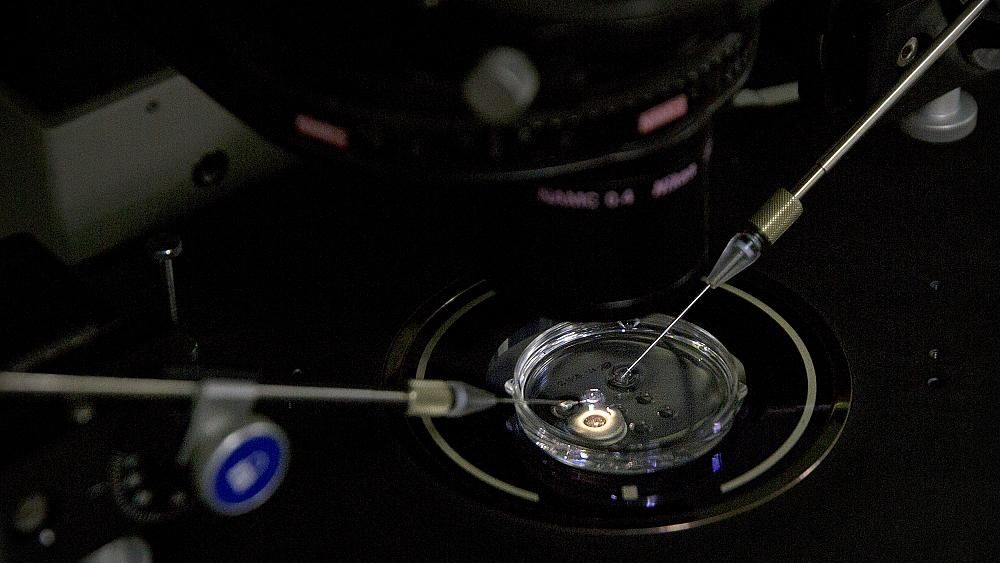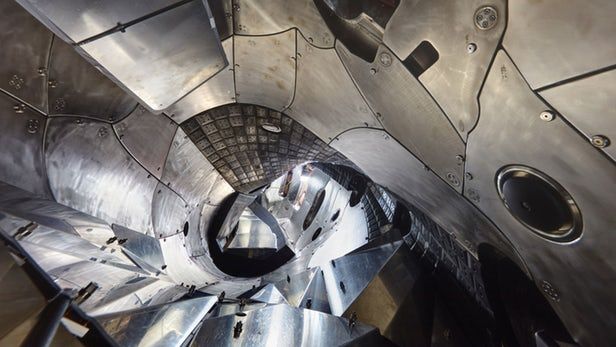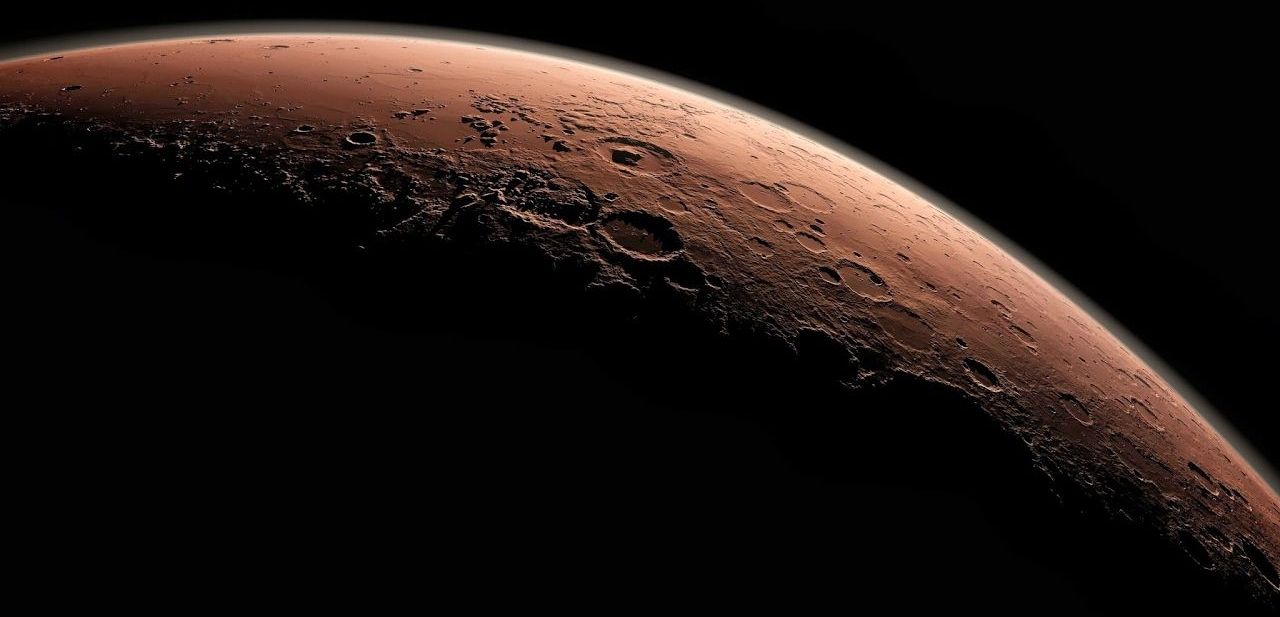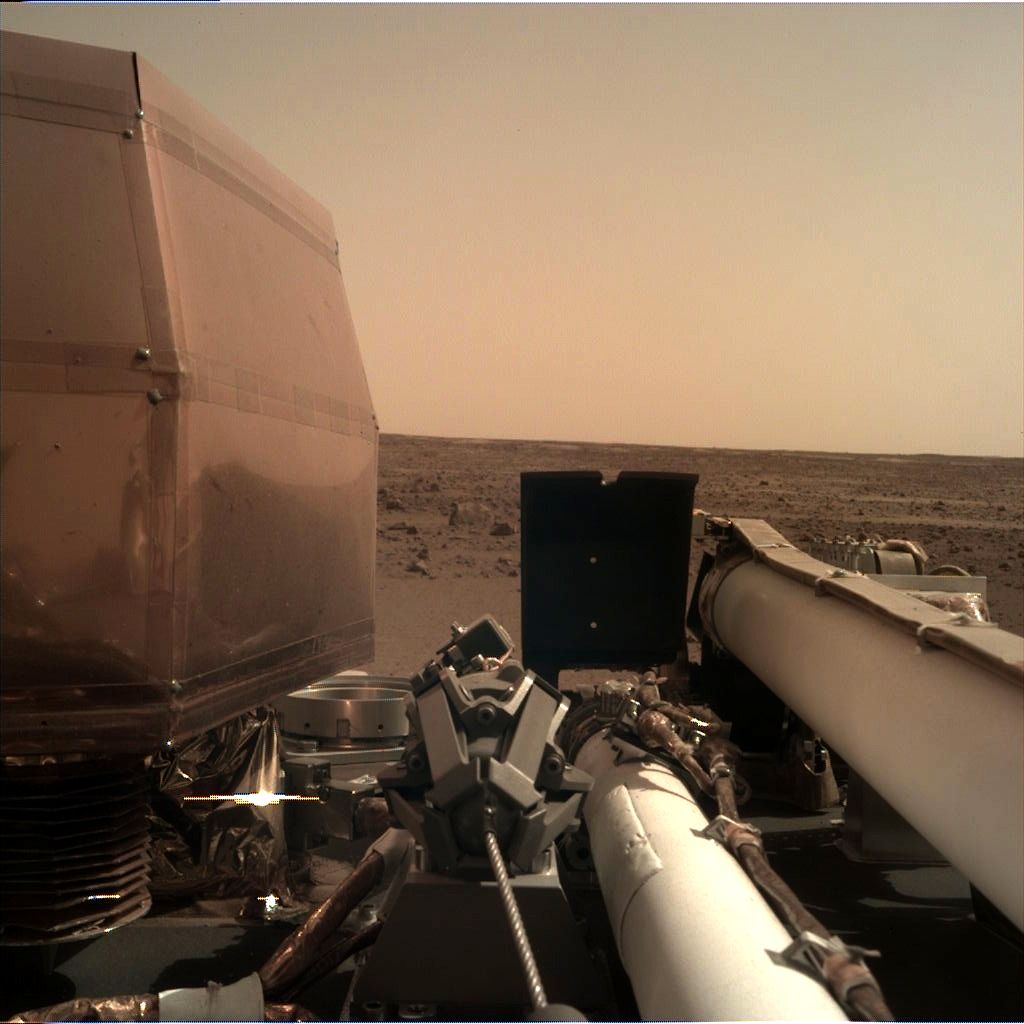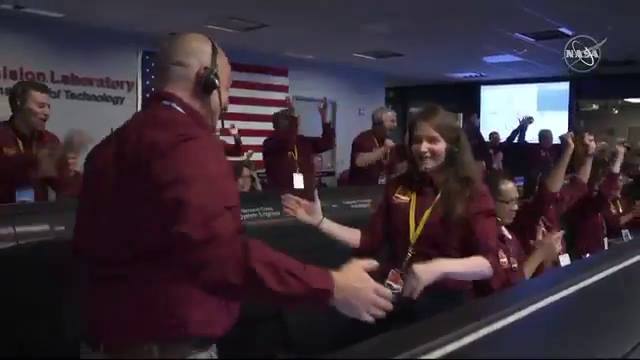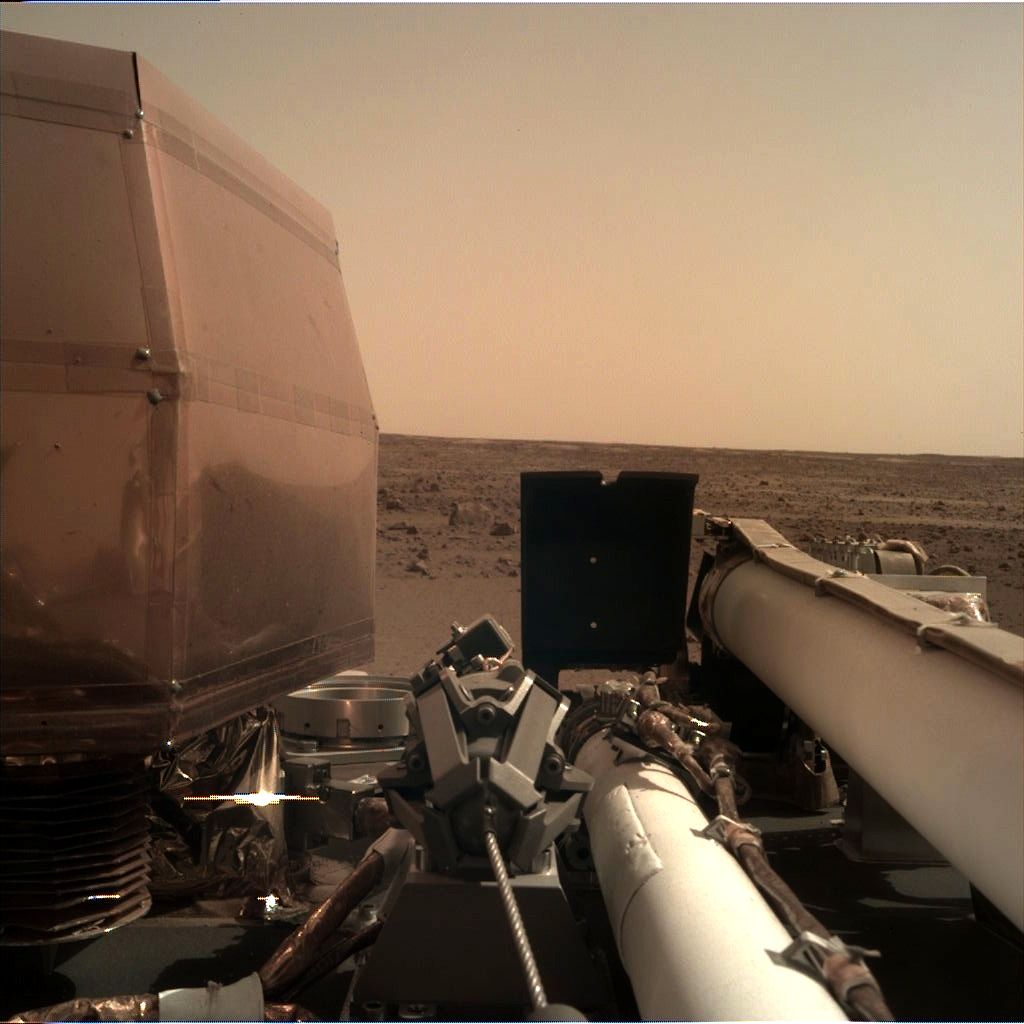Some researchers say it’s time to allow gene editing, with careful regulation.
Tracking brain wave activity in individuals at high risk for Alzheimer’s disease may be a promising new method for early detection, according to a new Canadian study by researchers at Baycrest Centre for Geriatric Care in Toronto, Ontario.
This is possible because brain waves tend to slow down in certain regions likely to be affected by the disease next, even before neurons have been lost.
The findings, published online in the journal Human Brain Mapping, show that individuals potentially in the early stages of Alzheimer’s disease (mild cognitive impairment) and those with a rare form of language dementia (primary progressive aphasia) exhibited sluggish brainwaves and subtle signs of damage in the brain regions responsible for memory and planning.
Elon Musk wants humans to make it to Mars. With his company SpaceX at his back, he’s pushed forward with some incredibly bold claims about what is possible for mankind on the Red Planet. He’s shown off concepts for Mars settlements and even called out scientists who say climate engineering on the planet is impossible.
Now, in an interview with HBO’s Axios, Musk doubles down on one of the more off-the-wall claims he’s made during his years in the spotlight. Mars, he says, will be his eventual home, and he estimates his odds of moving to the planet at a generous 70%.
Scientists toiling away on the cutting edge Wendelstein 7-X nuclear fusion reactor in Germany have pulled together results from their latest round of testing, with a few records to be found amongst them. Following a series of upgrades, the team is reporting the experimental device has achieved its highest energy density and the longest plasma discharge times for device of this type, marking another step forward in the quest for clean fusion power.
There’s a quiet beauty here
Posted in habitats
Touchdown on Mars!
Posted in habitats, space travel
That’s why freedom of movement is one of the key conditions necessary to successfully share resources. Other necessary conditions include low population densities, low market value of the resources, variability in resource distribution and an ethos of sharing.
Sometimes, there is no “tragedy” in the tragedy of the commons, according to a new analysis that challenges a widely accepted theory.
Scientists have long believed that when there is open access to a shared resource, people will inevitably overuse it, leading to ruin for everyone—an idea known as the “tragedy of the commons.”
But in an analysis of eight case studies from around the world—from foragers in Australia to mangrove fishers in Ecuador—researchers found that people can successfully share and sustainably use resources, under certain conditions.
Also included in the dispatch: this snapshot from the lander’s arm showing the instruments in their new “plain perfect” home. Get the latest: https://go.nasa.gov/2FDGbwu
